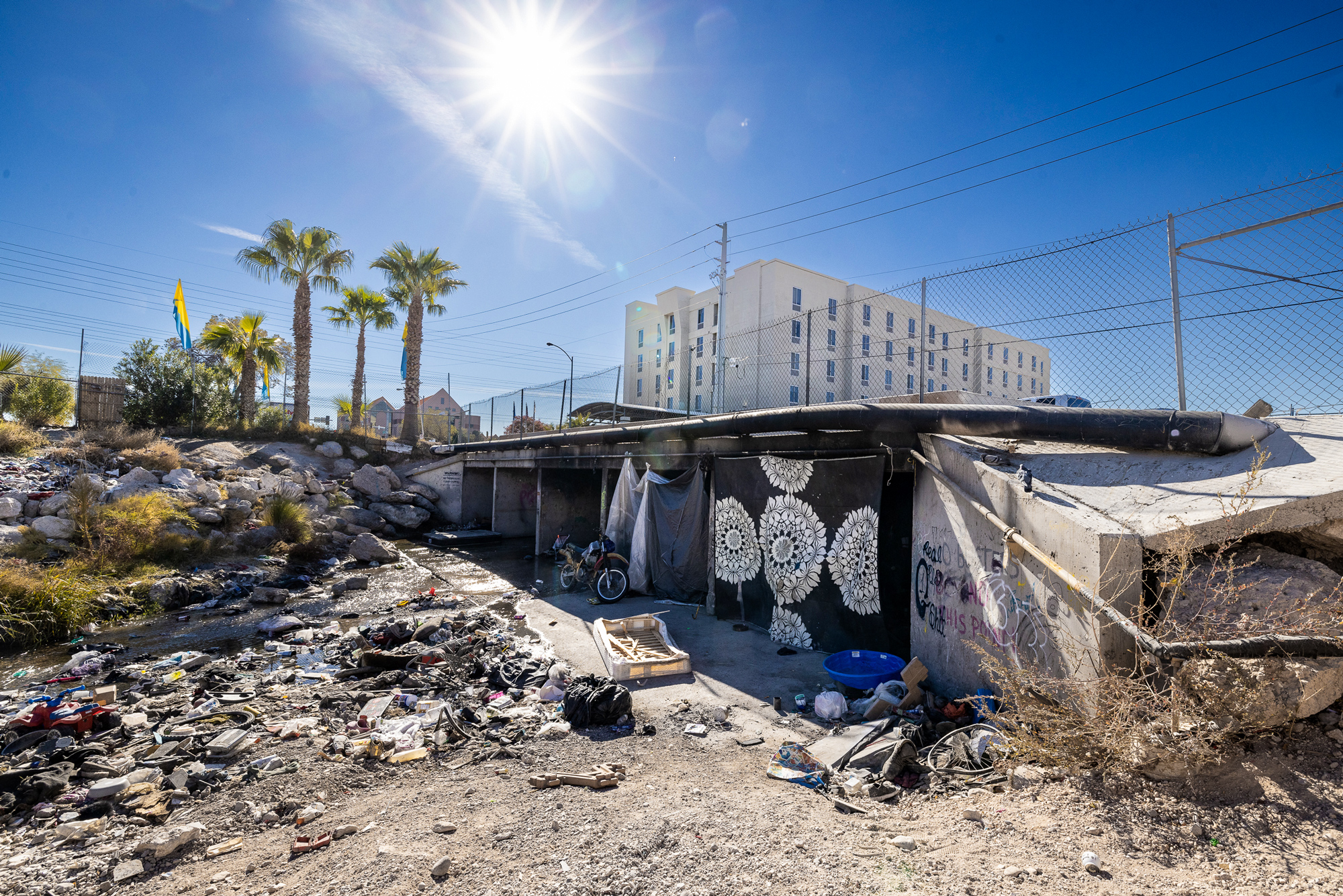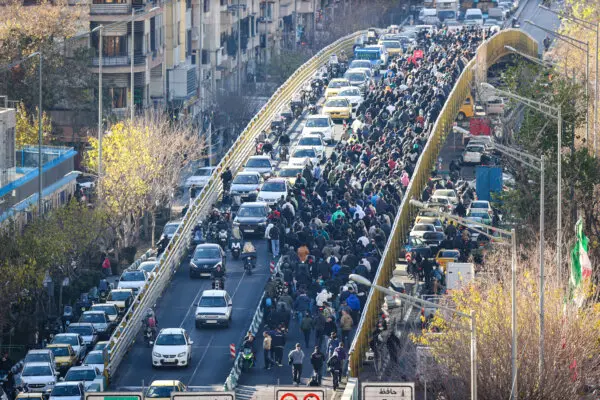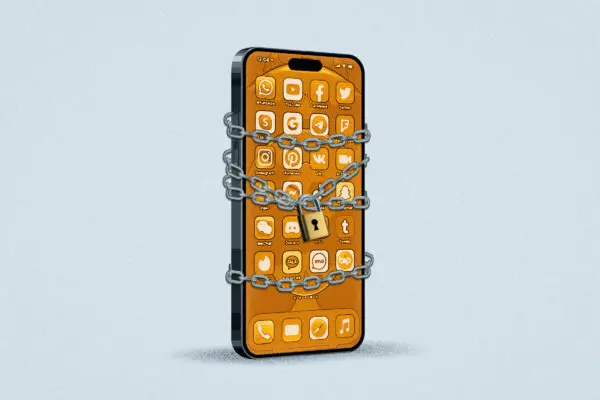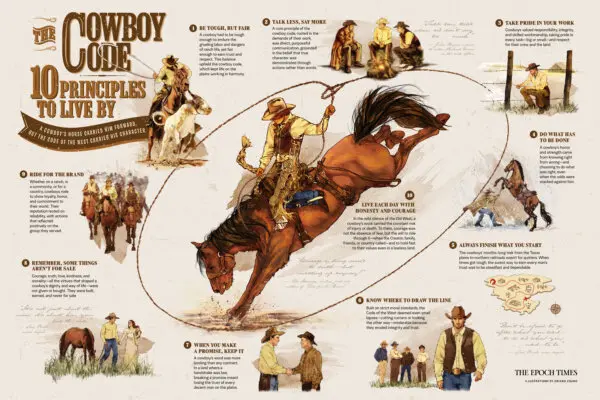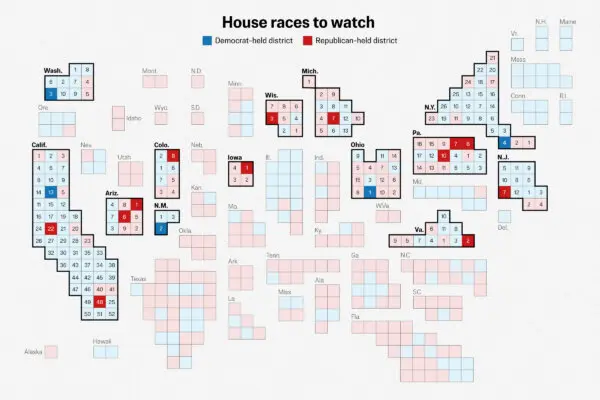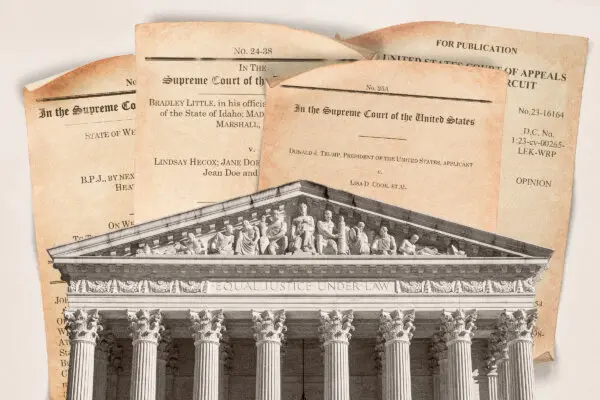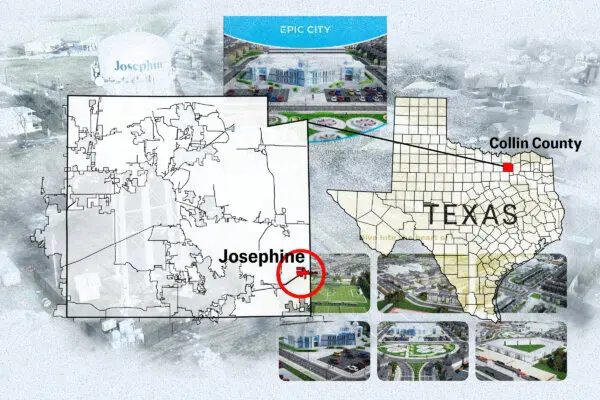LAS VEGAS—Beneath the glitz and glamour of the Las Vegas Strip, hundreds of hidden homeless people live in the filth and squalor of a 500-mile network of tunnels.
Often referred to as “mole people” or “tunnel people,” they remain underground, out of sight, to avoid—among other dangers—the deadly desert sun. They represent only a fraction of the thousands of homeless people in Southern Nevada.
